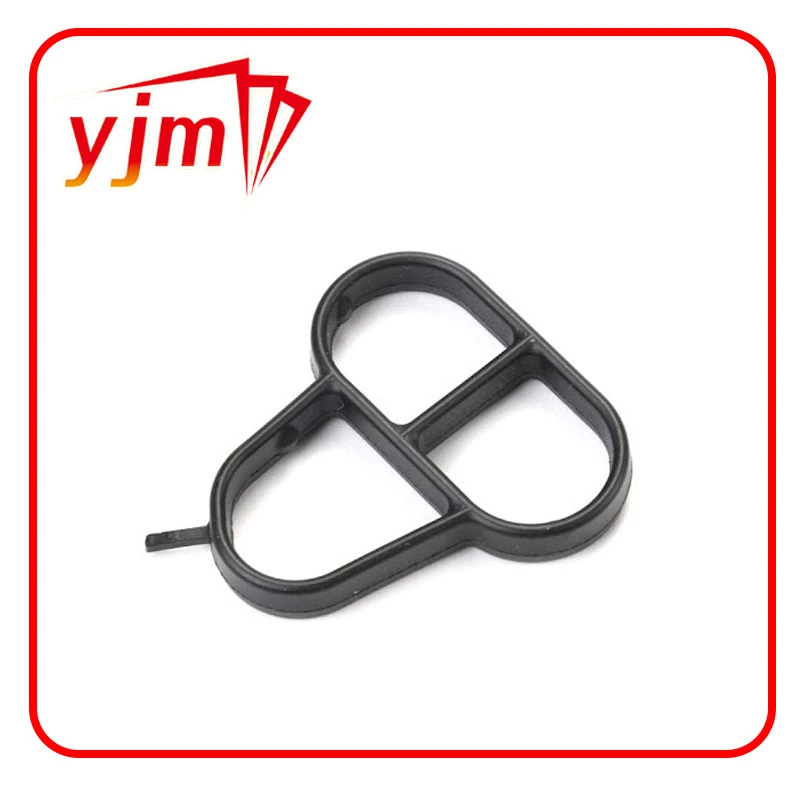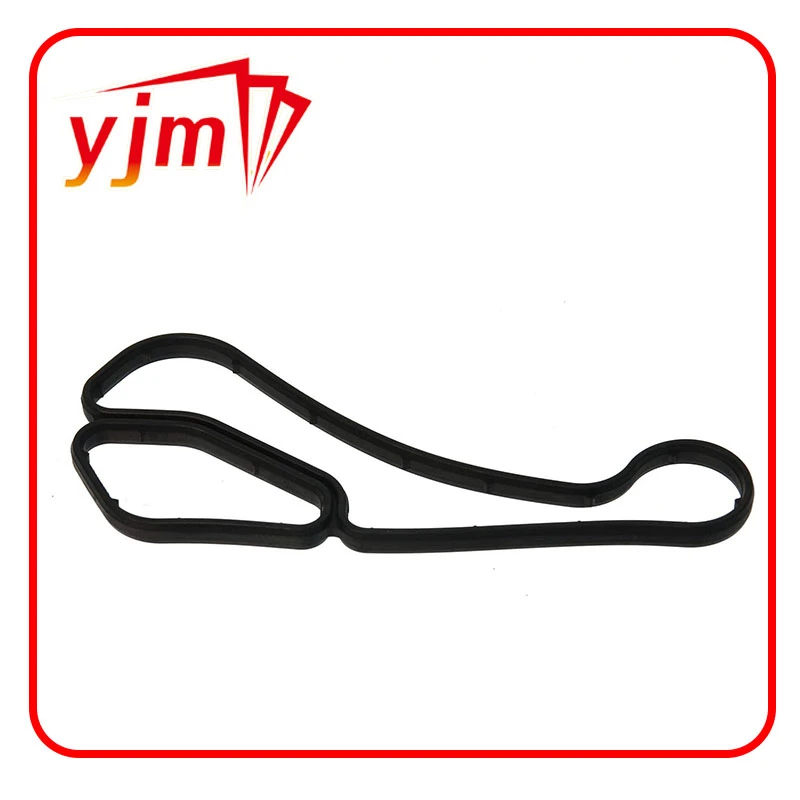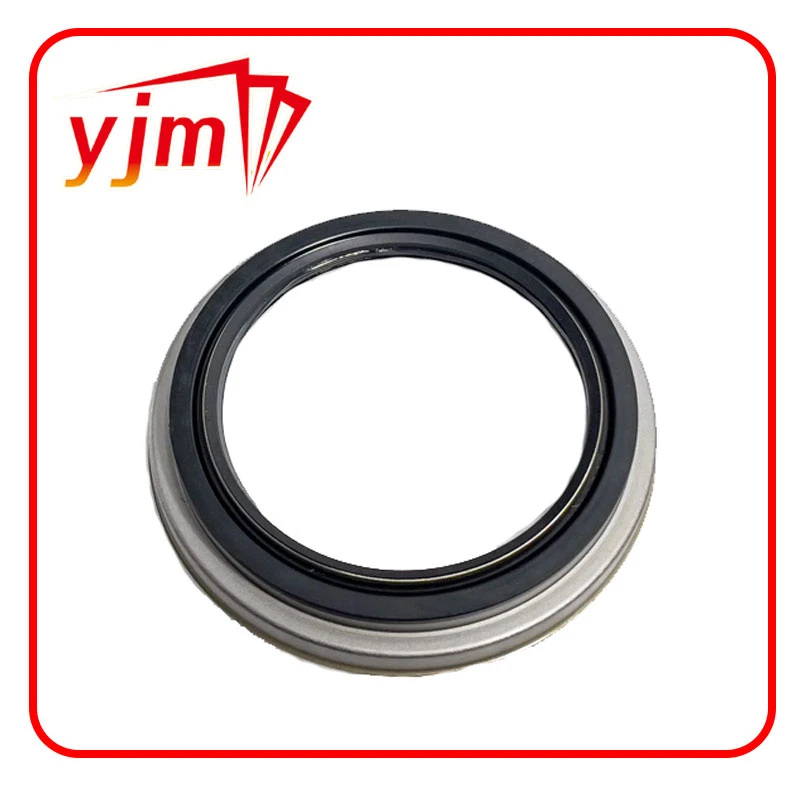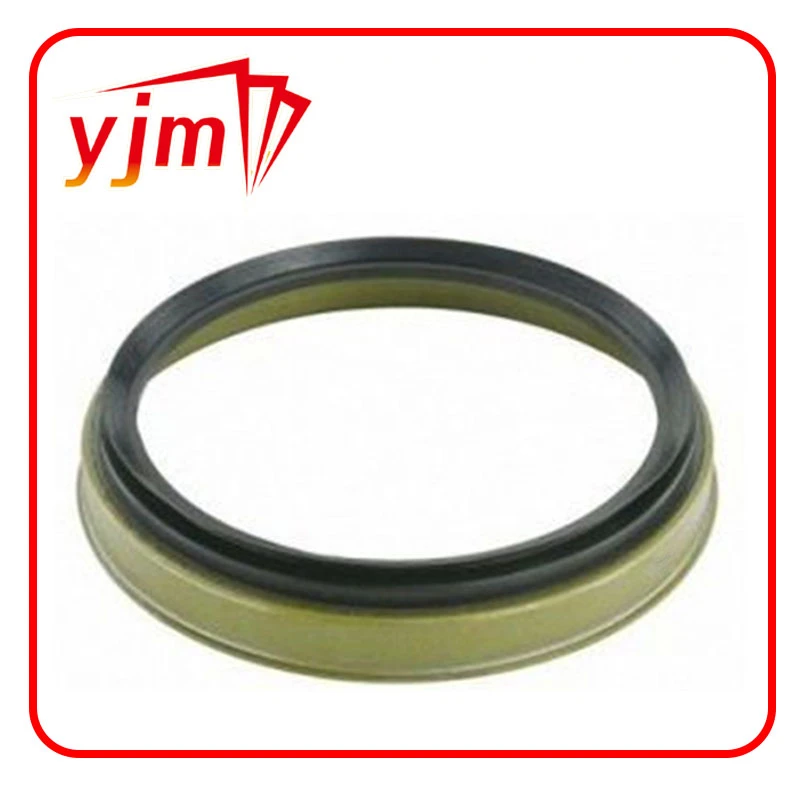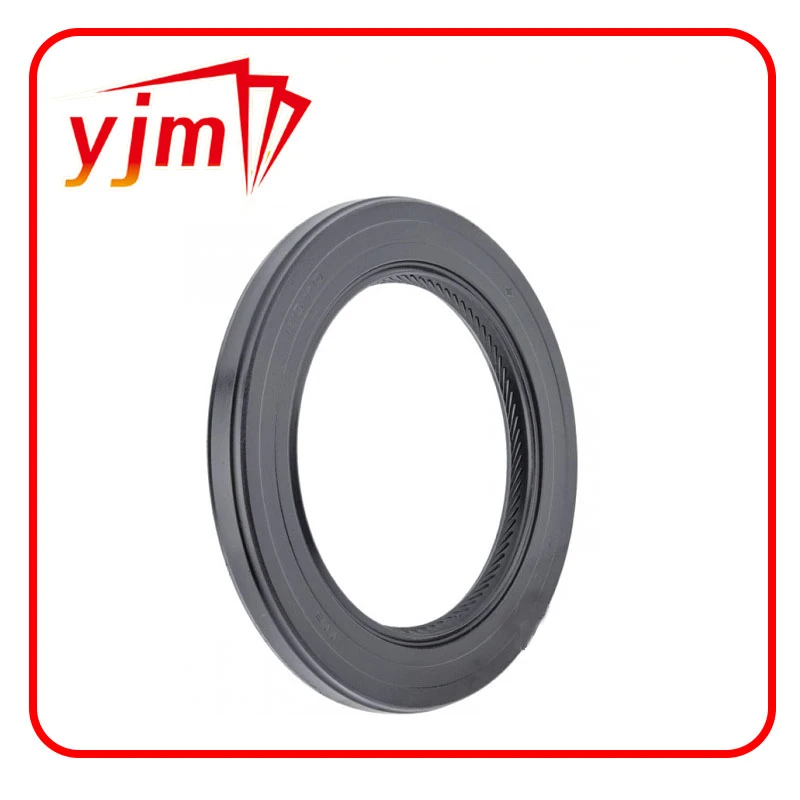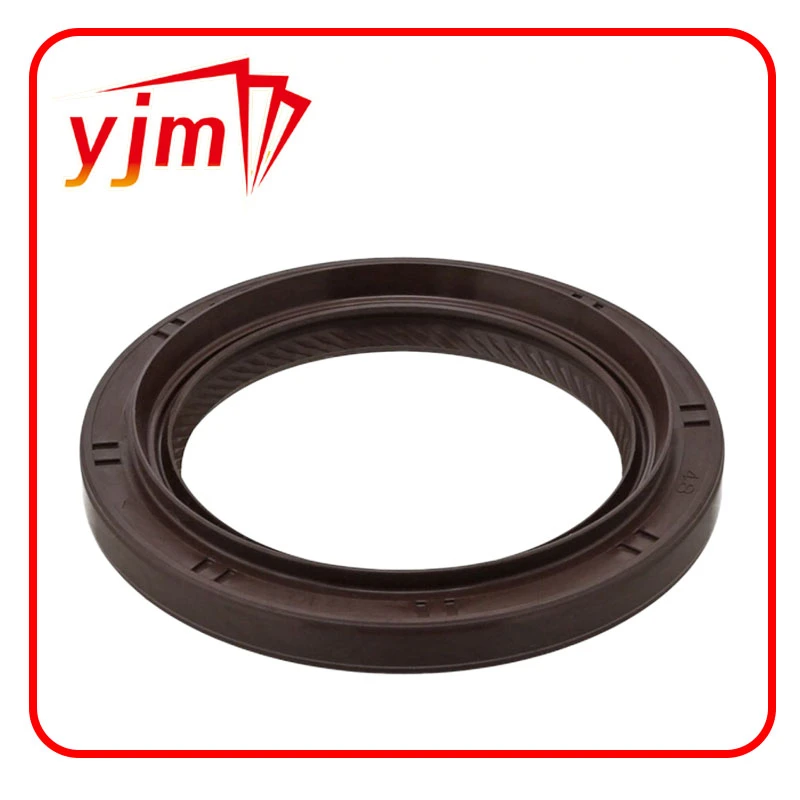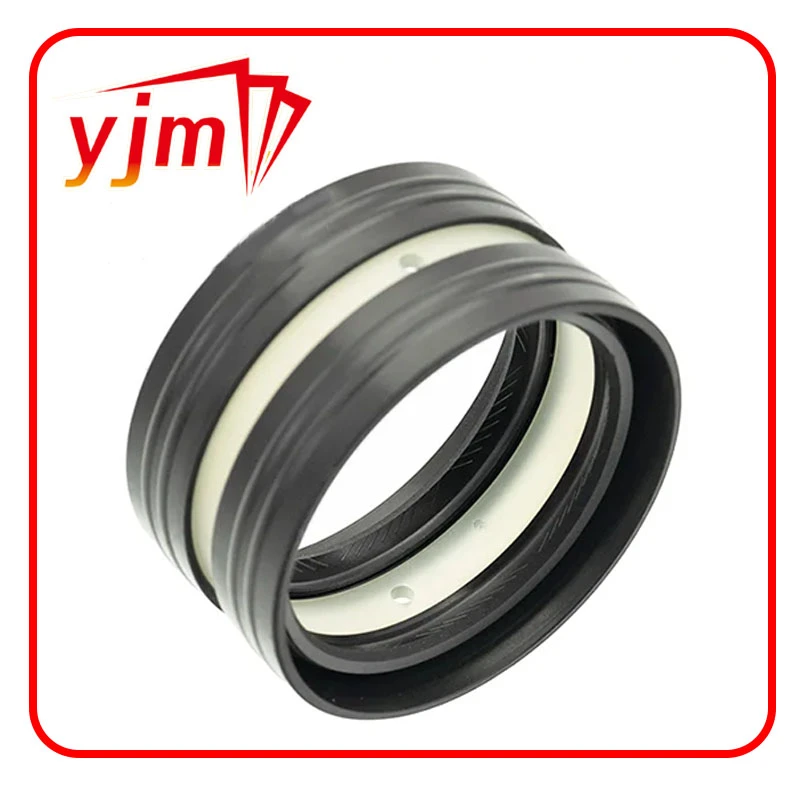Secure Oil Drain Plugs: Leak-Proof & Easy Replacement Solutions
The Critical Role of the Oil Drain Plug in Industrial and Automotive Fluid Management
In the intricate ecosystems of industrial machinery and automotive engines, every component, no matter how seemingly minor, plays a crucial role in operational integrity and longevity. Among these, the oil drain plug stands out as a critical element for effective fluid management. Responsible for securely sealing the oil pan or reservoir and facilitating controlled fluid drainage during maintenance, its design, material, and manufacturing precision directly impact system reliability, environmental compliance, and operational efficiency. A compromised oil drain plug can lead to catastrophic oil loss, engine damage, and costly downtime. This comprehensive guide delves into the technical aspects, industry trends, and strategic considerations for selecting and implementing high-quality oil drain plugs in B2B applications, ensuring optimal performance and mitigating risks.
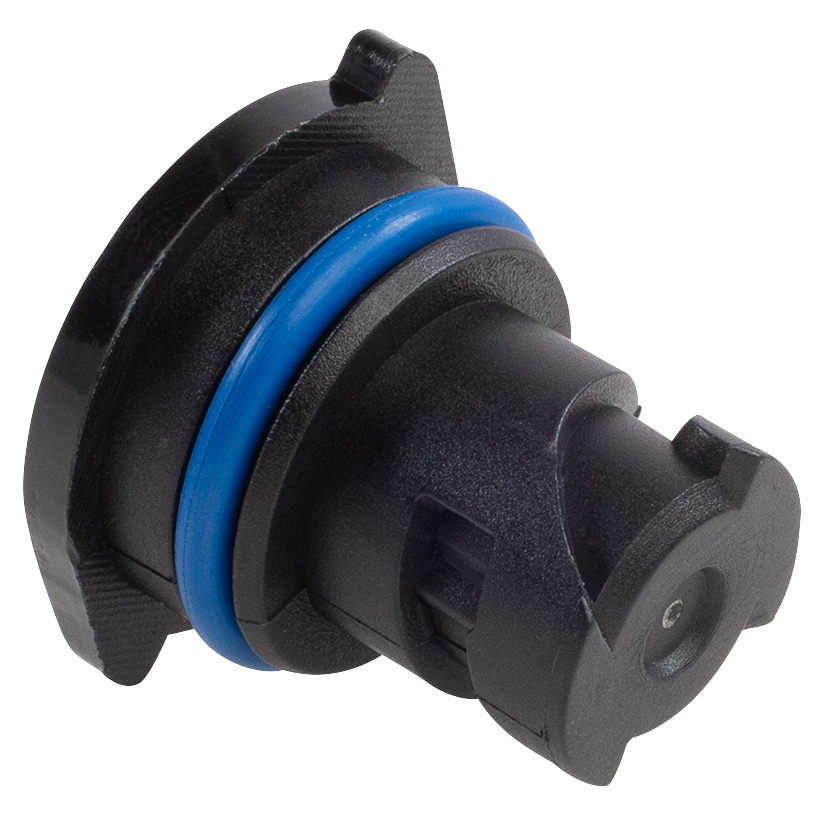
Current Industry Trends and Innovations
The landscape for industrial and automotive components is continuously evolving, driven by demands for increased efficiency, reduced environmental impact, and enhanced durability. For the oil drain plug, several key trends are shaping product development:
- Lightweight Materials: A significant push towards lighter vehicles and machinery has spurred the adoption of advanced materials like aerospace-grade aluminum alloys and high-performance engineering polymers for certain oil drain plug applications. While traditional steel remains prevalent for its strength, aluminum offers weight savings and excellent thermal conductivity, aiding in minor heat dissipation. The rise of the plastic oil drain plug, particularly in newer automotive models, reflects a trend towards weight reduction and material cost optimization, often incorporating advanced polymer composites designed for specific thermal and chemical resistance.
- Quick-Drain Technologies: To minimize maintenance time and reduce labor costs, quick-drain oil drain plugs are gaining traction. These designs often feature integrated valves or lever-actuated mechanisms, allowing for tool-free, spill-free oil changes. This innovation significantly reduces the risk of cross-threading or stripping, common issues that can lead to a oil drain plug rounded, thereby extending the life of the oil pan.
- Integrated Sensors and Smart Solutions: The advent of IoT and smart manufacturing is extending to even the simplest components. Some advanced oil drain plugs are being developed with integrated sensors for oil level, temperature, or contamination detection, providing real-time data for predictive maintenance systems. This proactive approach helps prevent unexpected failures and optimizes maintenance schedules.
- Enhanced Sealing Mechanisms: Beyond traditional crush washers, newer designs incorporate integrated O-rings, bonded seals, or multi-component sealing systems to ensure superior leak prevention, even under extreme vibration and temperature fluctuations. This focus on leak integrity is crucial for both operational safety and environmental compliance.
- Durability and Corrosion Resistance: With longer service intervals and operation in harsh environments, there's an increased demand for oil drain plug bolt solutions that offer exceptional resistance to corrosion, chemical degradation, and wear. Specialized coatings and material treatments are becoming standard for extended service life.
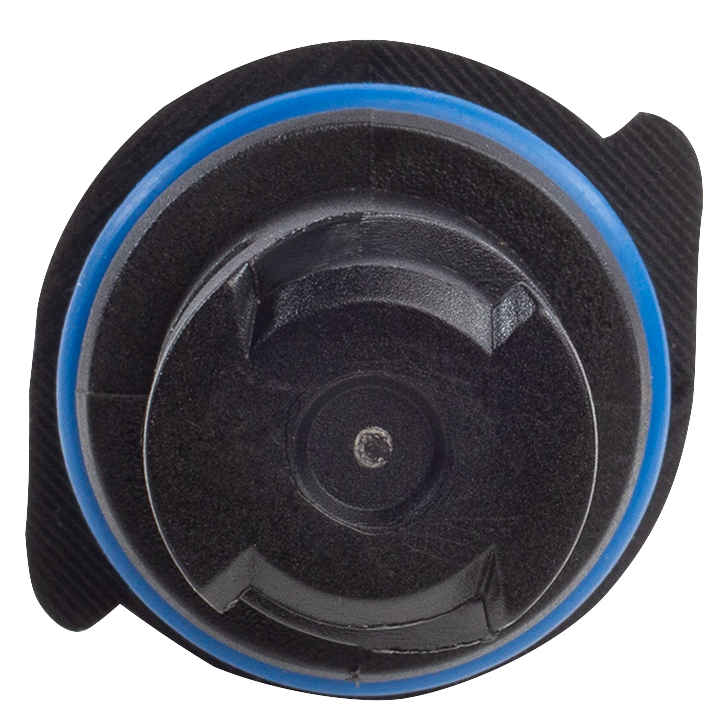
Technical Specifications and Product Parameters
The precise engineering of an auto oil drain plug is paramount. Key technical parameters define its compatibility, performance, and longevity:
- Material Composition: Common materials include carbon steel (often zinc or phosphate coated for corrosion resistance), stainless steel (for extreme corrosion resistance), aluminum alloys (for lightweight applications), and high-strength polymers (for specific OE applications).
- Thread Specifications: Metric (e.g., M12x1.5, M14x1.5, M16x1.5) and Imperial (e.g., 1/2-20UNF, 3/8-18NPT) thread pitches and diameters are standard, requiring precise matching to the oil pan. Inaccurate threading can lead to leaks or damage to the pan, increasing the likelihood of an oil drain plug rounded.
- Head Type: Hexagonal, Torx, square, and specialized designs for quick-drain systems. The head must allow for adequate torque application without stripping.
- Gasket/Seal Type: Crush washers (copper, aluminum, nylon), O-rings (Viton, NBR), or integrated bonded seals (rubber-metal composite) ensure a leak-proof connection.
- Torque Specifications: Crucial for correct installation, preventing both under-tightening (leaks) and over-tightening (stripping threads, damaging the plug or oil pan). Typically specified in Nm or ft-lbs.
- Magnetic Capability: Optional but highly beneficial, magnetic drain plugs incorporate a powerful magnet to capture ferrous wear particles from the circulating oil, providing early warning of potential internal engine wear.
Product Specification: 55498782 NEW GM OEM OIL DRAIN PLUG
| Parameter | Specification |
|---|---|
| Product Name | 55498782 NEW GM OEM OIL DRAIN PLUG CHEVROLET GMC CADILLAC B83 |
| Manufacturer | GM OEM (Original Equipment Manufacturer) |
| Material | High-strength Steel Alloy (OEM Standard) |
| Thread Size | M12 x 1.75 (Common for specified GM models) |
| Head Type | Hexagonal (Standard for easy installation/removal) |
| Seal Type | Integrated Gasket (Designed for optimal sealing with GM oil pans) |
| Application | Chevrolet, GMC, Cadillac vehicles (Specific models listed by GM) |
| Part Number | 55498782 |
| Key Features | Designed to OEM specifications, ensures perfect fit and reliable seal, resists corrosion, engineered for specified torque. |
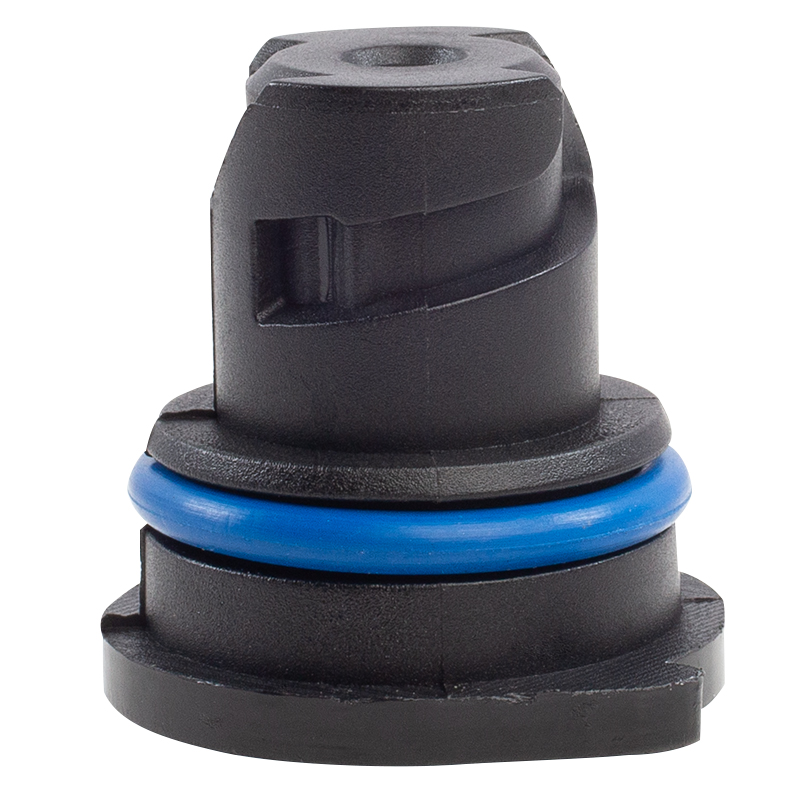
Manufacturing Process Flow of a High-Performance Oil Drain Plug
The production of a reliable oil drain plug involves a series of meticulously controlled stages, ensuring precision, durability, and compliance with stringent industry standards. Here’s a typical manufacturing process flow:
- Material Selection and Preparation: High-grade raw materials such as steel alloys (e.g., 1018, 4140), aluminum (e.g., 6061-T6), or specialized engineering polymers are selected based on application requirements. These materials undergo initial inspection for composition and integrity, often via spectroscopy or destructive testing.
- Forming (Casting/Forging/Extrusion):
- Forging: For steel and aluminum plugs, forging is common for creating a dense, strong grain structure, enhancing fatigue resistance and strength.
- Casting: Less common for high-stress drain plugs, but some specialized designs or larger industrial plugs might use precision casting followed by extensive machining.
- Injection Molding: For plastic oil drain plug variants, high-pressure injection molding ensures precise dimensions and material density.
- CNC Machining: This is a critical stage. High-precision CNC (Computer Numerical Control) machines are used to turn, mill, and thread the plug to exact specifications. This includes creating the precise thread profile, the hexagonal or other head shape, and any internal features or valve seats. Accuracy is paramount to prevent issues like thread galling or premature wear, which could lead to an oil drain plug rounded.
- Heat Treatment (for metal plugs): For steel alloys, heat treatment processes such as hardening and tempering are applied to achieve the desired mechanical properties, including tensile strength, yield strength, and hardness, ensuring the durability of the oil drain plug bolt.
- Surface Treatment and Coating:
- Corrosion Protection: Zinc plating, black oxide, phosphating, or proprietary anti-corrosion coatings are applied to metal plugs to protect against rust and chemical degradation.
- Friction Reduction: Some plugs may receive coatings to reduce thread friction during installation, further preventing damage.
- Gasket/Seal Integration: For plugs with integrated seals, these are assembled or bonded to the plug body. For plugs using crush washers, they are typically packaged together.
- Quality Control and Testing Standards: Rigorous testing at multiple stages ensures product integrity:
- Dimensional Accuracy: CMM (Coordinate Measuring Machine) and optical inspection verify thread dimensions, head geometry, and overall length to meet ANSI, ISO, or JIS standards.
- Material Verification: X-ray fluorescence (XRF) or spectrographic analysis confirms material composition.
- Torque Testing: Samples are tested for stripping torque and installation torque adherence.
- Leak Testing: Pressure decay or helium leak detection ensures the plug and its sealing mechanism can withstand operational pressures.
- Corrosion Testing: Salt spray tests (ASTM B117) assess the effectiveness of surface treatments.
- Packaging: Finished products are packaged to prevent damage during transit and storage.
Service Life: A well-manufactured oil drain plug made from appropriate materials can last the lifetime of the vehicle or machinery if properly installed and torqued. However, the sealing washer typically needs replacement at every oil change. Factors like frequent over-tightening, incorrect removal tools, or extreme corrosive environments can reduce service life, leading to premature failure or the dreaded oil drain plug rounded head.
Target Industries:
- Automotive (OEM & Aftermarket): Passenger cars, commercial vehicles, heavy-duty trucks.
- Petrochemical: Oil and gas equipment, refinery machinery, process piping.
- Metallurgy: Foundry equipment, rolling mills, lubrication systems for heavy machinery.
- Water Supply & Drainage: Pumps, valves, and fluid transfer systems where precise drainage is required.
- Construction & Mining: Earthmoving equipment, excavators, dump trucks.
- Marine: Vessel engines, hydraulic systems, gearbox sumps.

Technical Advantages in Application Scenarios
Investing in high-quality oil drain plug solutions yields significant technical and operational advantages:
- Enhanced Sealing Integrity: Precision-machined threads and optimal gasket materials ensure a perfect, leak-free seal. This is crucial in automotive applications to prevent oil leaks onto hot exhaust components (fire hazard) and in industrial settings to avoid environmental contamination and costly fluid loss. For instance, a magnetic auto oil drain plug provides dual benefits: secure sealing and early detection of metallic wear particles, extending engine life by allowing proactive maintenance.
- Superior Corrosion Resistance: Specialized coatings (e.g., zinc-nickel, Dacromet) on steel plugs, or the inherent properties of stainless steel or certain polymers, provide robust protection against rust and chemical corrosion. This is particularly vital in marine environments, agricultural machinery, or industrial facilities exposed to harsh chemicals, where standard carbon steel would rapidly degrade.
- Durability and Longevity: High-strength materials and advanced manufacturing processes prevent common issues such as thread stripping or the dreaded oil drain plug rounded head due to repeated service. This ensures the plug can withstand numerous oil change cycles without compromising its structural integrity or ease of removal.
- Energy Saving through Reduced Maintenance & Downtime: Quick-drain designs drastically cut down the time required for fluid changes, improving operational efficiency. Less frequent replacement of the plug itself due to its durability also contributes to cost savings in parts and labor. Preventing leaks, which could lead to critical system failures, directly translates to avoided downtime and sustained productivity.
- Environmental Compliance: A perfectly sealing oil drain plug prevents oil spills, contributing to environmental protection and compliance with strict regulations concerning fluid containment. This is a critical factor for B2B operations facing increasingly stringent environmental audits.
Demonstrated Advantages:
Consider a heavy-duty construction fleet operating 24/7. Standard drain plugs, often reused beyond their recommended lifespan or improperly torqued, frequently lead to leaks, requiring unscheduled stops and costly clean-ups. By adopting premium OEM-grade or specialized quick-drain oil drain plug solutions, a fleet manager can:
- Reduce Oil Change Time by 50%: Quick-drain plugs eliminate the need for wrenches and reduce the chance of spills, cutting labor time significantly.
- Eliminate Leak-Related Downtime: Superior sealing prevents unexpected fluid loss, ensuring vehicles remain operational. Data from a large industrial client showed a 95% reduction in leak-related service calls after upgrading their drain plugs across their fleet.
- Extend Oil Pan Life: By preventing thread damage from repeated removals, high-quality plugs preserve the integrity of the oil pan, avoiding expensive repairs or replacements, especially crucial for aluminum pans that are prone to damage from an oil drain plug rounded or over-tightened.
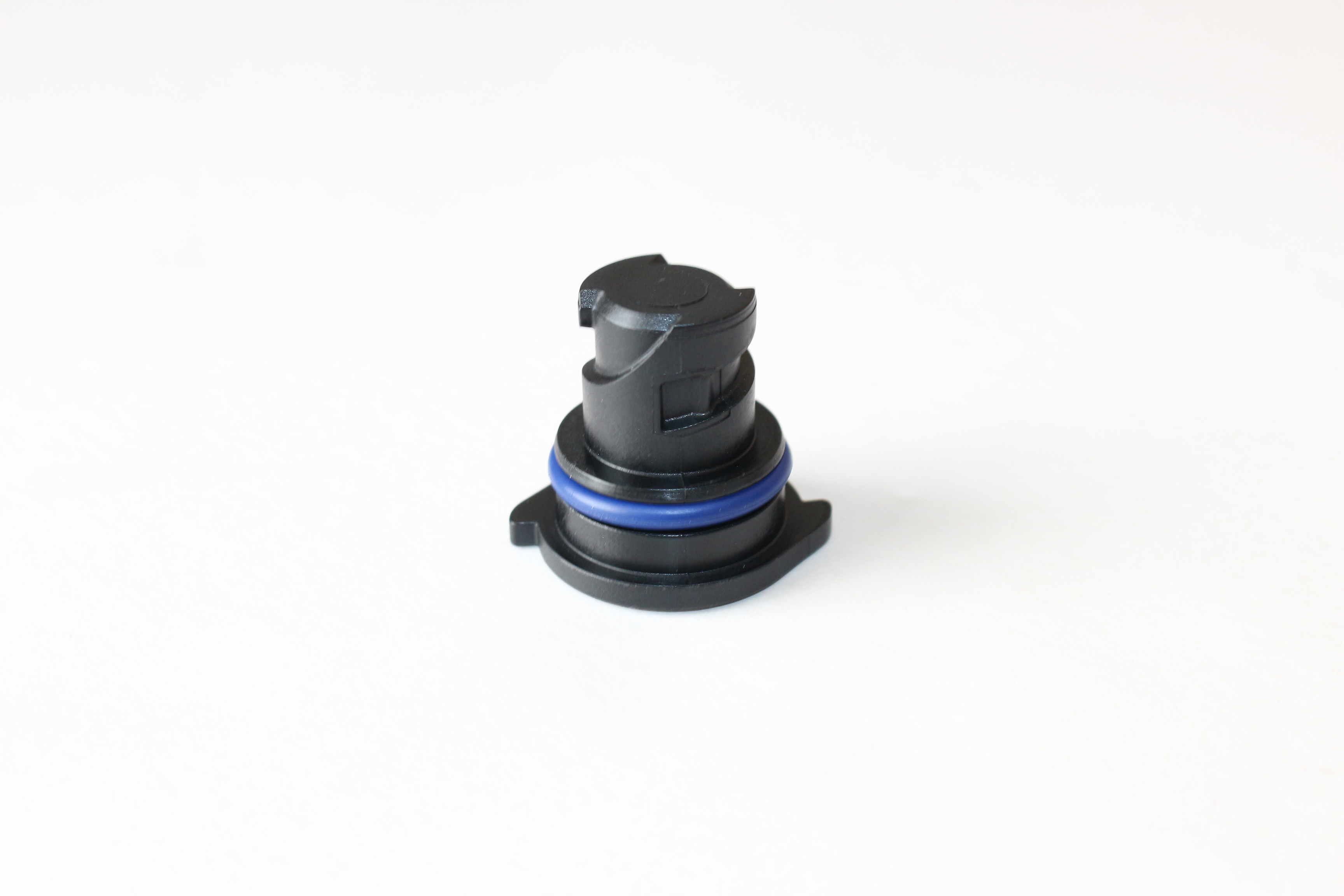
Vendor Comparison: OEM vs. Aftermarket vs. Specialized Solutions
Choosing the right supplier for oil drain plug components is a critical decision for procurement managers. The market offers a range of options, each with distinct advantages and considerations:
Product Comparison Table: Oil Drain Plug Types
| Feature | OEM (e.g., GM 55498782) | Aftermarket (Standard) | Magnetic Drain Plug | Quick-Drain Valve | Plastic Drain Plug |
|---|---|---|---|---|---|
| Material | High-strength Steel | Steel, sometimes Aluminum | Steel/Aluminum with Neodymium Magnet | Brass, Stainless Steel | High-performance Polymer |
| Fitment & Compatibility | Guaranteed Perfect Fit | Good, but varies by brand | Model-specific, good fit | Model-specific, good fit | OEM-specific, exact match |
| Sealing Mechanism | Integrated Gasket/Washer | Separate Crush Washer | Integrated or Separate Washer | Internal O-ring/Valve | Integrated Rubber Seal |
| Cost | Higher | Moderate | Moderate to High | High (Initial Investment) | Low to Moderate |
| Benefits | Guaranteed Quality, Reliability | Cost-effective, widely available | Engine wear detection, cleaner oil | Fast, clean, tool-free oil changes | Lightweight, corrosion-resistant |
| Drawbacks | Price, limited innovation | Varying quality, risk of oil drain plug rounded | Higher initial cost | Protrusion, potential for damage | Material limits (temperature, torque) |
- OEM (Original Equipment Manufacturer) Solutions: These parts, like the GM 55498782 oil drain plug, are engineered to the exact specifications of the vehicle or machinery manufacturer. They offer guaranteed fitment, material integrity, and performance, ensuring compatibility with the original design parameters. While often pricier, the reliability and reduced risk of compatibility issues or failures (like an oil drain plug rounded) justify the investment for critical applications and warranty compliance.
- Aftermarket (Standard) Plugs: These are produced by independent manufacturers. Quality can vary significantly. While more cost-effective, careful vetting is required to ensure they meet required material strength, thread precision, and coating standards. Poor quality aftermarket plugs are more susceptible to stripping, leading to an oil drain plug rounded head or leaks.
- Specialized Solutions (Magnetic, Quick-Drain, Plastic):
- Magnetic Drain Plugs: Offer an added diagnostic benefit by capturing ferrous particles, crucial for fleet maintenance programs aiming for predictive analytics.
- Quick-Drain Plugs: Provide efficiency gains in high-volume maintenance operations.
- Plastic Oil Drain Plug: Increasingly found in modern vehicles, these are lightweight and corrosion-resistant. However, they require specific torque values and tools to avoid damage during installation or removal.
Key Considerations for Vendor Selection:
- Certifications: Look for suppliers with ISO 9001, IATF 16949 (for automotive), or other relevant quality management certifications.
- Material Traceability: Ensure raw material origin and composition are traceable.
- Testing Data: Request test data for torque strength, leak resistance, and corrosion performance.
- Customer Feedback & Case Studies: Evaluate their track record with similar B2B clients.
- Customization Capabilities: For unique applications, the ability to produce customized solutions is invaluable.
Customized Solutions for Specialized Applications
While standard and OEM oil drain plug solutions suffice for many applications, specific industrial requirements often necessitate bespoke designs. Leading manufacturers offer comprehensive customization capabilities to address unique challenges:
- Material Specification: Tailoring material composition for extreme temperatures, highly corrosive fluids (e.g., specialized stainless steels or high-performance polymers like PEEK for the plastic oil drain plug), or specific weight reduction targets.
- Thread and Dimension Modification: Custom thread pitches, diameters, and lengths for legacy equipment or new, unconventional designs where standard sizes are inadequate. This ensures perfect integration without modifying existing oil pan designs.
- Integrated Features: Incorporating unique features such as specialized quick-release mechanisms, integrated sensors for fluid diagnostics (temperature, pressure, contamination), or specific filtration elements.
- Head Design: Custom head configurations for specialized tools, security features, or aesthetic integration in specific machinery designs. This can also include designs specifically engineered to resist stripping and thus prevent the issue of an oil drain plug rounded.
- Surface Coatings: Application of advanced coatings for enhanced lubricity, extreme corrosion resistance (e.g., PTFE-based coatings), or electrical insulation properties.
Case Study: Marine Engine Manufacturer
A leading manufacturer of high-performance marine engines faced persistent issues with their standard steel oil drain plug bolt solutions. Operating in saltwater environments, the plugs exhibited accelerated corrosion, leading to difficult removal during servicing and occasional minor seepage, compromising both reliability and environmental integrity. The existing plugs also lacked any mechanism for quick oil changes, increasing service time for large commercial vessels.
Solution: Our team collaborated with the manufacturer to design a custom oil drain plug. This involved:
- Material Upgrade: Transitioning from standard coated steel to a specialized marine-grade duplex stainless steel, offering superior resistance to chloride-induced pitting and crevice corrosion.
- Integrated Quick-Drain Valve: Incorporating a robust, lever-actuated quick-drain valve with a double Viton O-ring seal, designed for tool-free, spill-proof oil changes in tight engine compartments.
- Enhanced Head Design: A slightly oversized hex head was chosen to ensure maximum grip and prevent the potential for an oil drain plug rounded issue even in harsh conditions.
Results: The custom auto oil drain plug solution significantly improved operational efficiency and reliability. The service time for oil changes on a typical commercial vessel was reduced by 40%, translating to substantial labor cost savings. Corrosion-related failures were virtually eliminated (98% reduction over two years), and the enhanced sealing capabilities ensured zero environmental spills. This partnership underscored the value of expert customization in addressing industry-specific challenges.
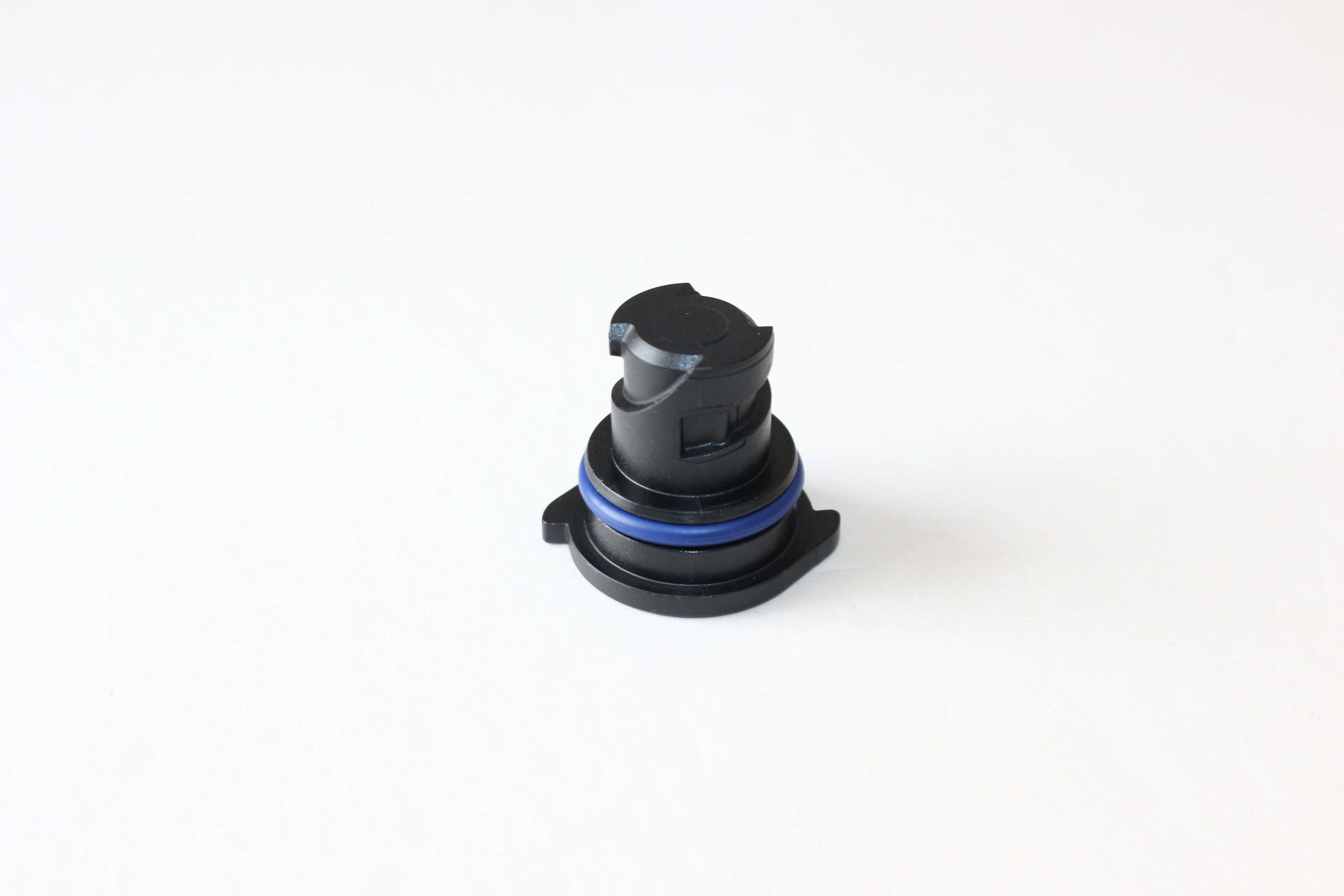
Trustworthiness and Support
Frequently Asked Questions (FAQ)
Q1: How often should an oil drain plug and its washer be replaced?
A1: While the drain plug itself can often last the lifetime of the vehicle or machinery, the sealing washer (crush washer or O-ring) should be replaced every time the oil drain plug is removed. This ensures a fresh, tight seal and prevents leaks. For quick-drain valves, internal seals may have longer service intervals but should be inspected regularly.
Q2: What causes an oil drain plug rounded head?
A2: A rounded head typically results from using an incorrect size wrench, a worn-out wrench, or applying excessive force at an improper angle during removal or installation. Poor quality materials or improper heat treatment in manufacturing can also contribute to this issue.
Q3: Are plastic oil drain plug solutions reliable?
A3: Yes, when designed and manufactured to OEM specifications, plastic drain plugs are highly reliable. They are often made from advanced, high-temperature resistant polymers and are used by major automotive manufacturers to reduce weight and corrosion. It's crucial to use the correct specialty tools and torque settings for these plugs to prevent damage.
Q4: What are the benefits of a magnetic oil drain plug?
A4: Magnetic drain plugs attract and hold ferrous metal particles circulating in the oil. This helps keep the oil cleaner, potentially extending engine life, and provides an early indicator of internal engine wear, allowing for proactive maintenance before major damage occurs.
Lead Time & Fulfillment
For standard OEM oil drain plug products, typical lead times range from 3-7 business days for in-stock items, depending on order volume and shipping destination. For high-volume orders or customized solutions, lead times are determined based on material availability, production scheduling, and complexity, with estimates provided upon detailed quotation. We maintain robust supply chain logistics to ensure timely fulfillment and support just-in-time inventory strategies for our B2B partners.
Warranty Commitments
All our oil drain plug products, including OEM and custom solutions, are backed by a comprehensive warranty against manufacturing defects. The specific warranty period varies by product type and application, typically ranging from 12 to 24 months, or matching the OEM warranty where applicable. This commitment underscores our confidence in the quality and durability of our components. Full warranty terms and conditions are available upon request.
Customer Support
Our dedicated technical support team is available to assist with product selection, application guidance, installation best practices, and troubleshooting. We offer multi-channel support including phone, email, and a secure online portal for order tracking and technical documentation access. Our engineers are available for consultation on complex customization projects and to provide expert advice on fluid management solutions tailored to your specific operational needs.
Conclusion
The selection of an appropriate oil drain plug is a strategic decision that transcends simple procurement; it directly influences operational reliability, maintenance costs, and environmental compliance across diverse industrial and automotive sectors. By understanding the evolving industry trends, precise technical specifications, and the advantages of advanced manufacturing, B2B decision-makers can make informed choices that optimize fluid management systems. Whether opting for OEM-grade precision like the GM 55498782, leveraging the diagnostic benefits of magnetic plugs, the efficiency of quick-drain valves, or the lightweight properties of a robust plastic oil drain plug, prioritizing quality and technical excellence is paramount. Partnering with a manufacturer committed to high standards, extensive testing, and responsive customer support ensures long-term performance and value for your critical assets.
References
- ISO. (n.d.). ISO 9001: Quality management systems. International Organization for Standardization.
- SAE International. (n.d.). Standards for Automotive Engineering. Society of Automotive Engineers.
- ASTM International. (n.d.). Standards for Materials Testing. American Society for Testing and Materials.
- Ford, GM, and Chrysler. (n.d.). IATF 16949: Quality management system for automotive production and relevant service parts organizations.
- National Fluid Power Association (NFPA). (n.d.). Fluid Power Standards and Technical Information.
-
Seal 12x20x5: Precision Radial Shaft Seals for Industrial Reliability
News Nov.24,2025
-
Seal 12x18x5: Essential Guide to Specifications, Applications & Vendors
News Nov.24,2025
-
Understanding Seal 12 20 5: Applications, Specifications & Industry Insights
News Nov.23,2025
-
Durable Oil Seal 85x110x12 – Reliable Sealing Solutions for Industry
News Nov.23,2025
-
Durable and Precise Oil Seal 75x95x10 for Efficient Machinery | YJM Seal
News Nov.22,2025
-
Durable Oil Seal 75x100x10 for Reliable Industrial Performance | YJM Seal
News Nov.22,2025
-
High-Quality Oil Seal 65x90x10 | Durable & Reliable Sealing Solutions
News Nov.22,2025
Products categories

